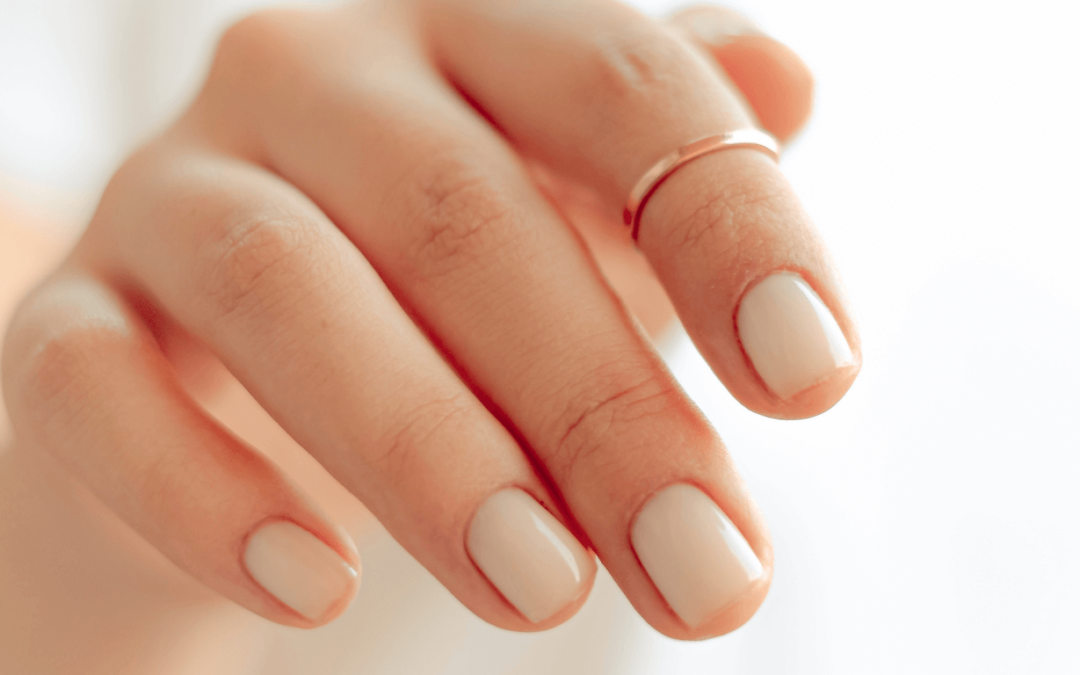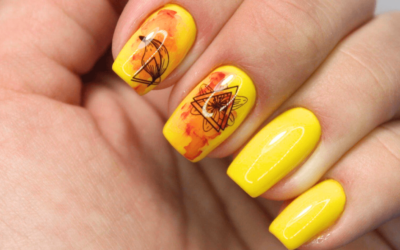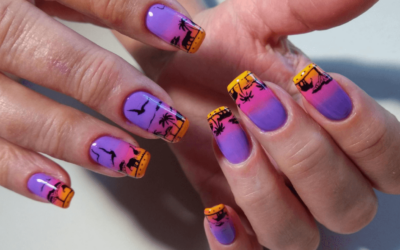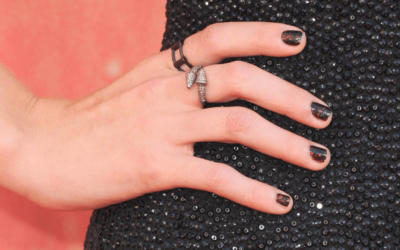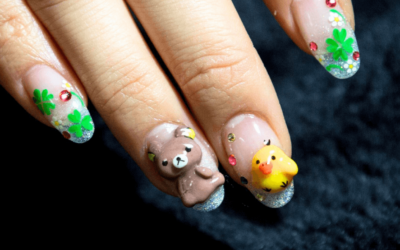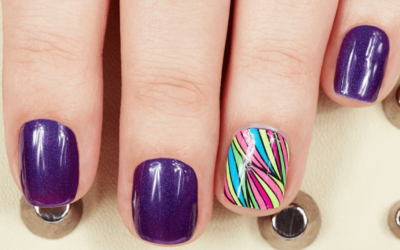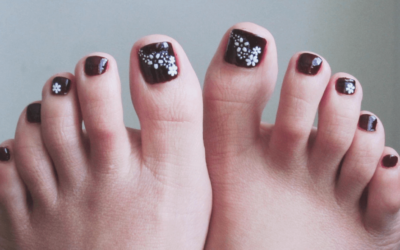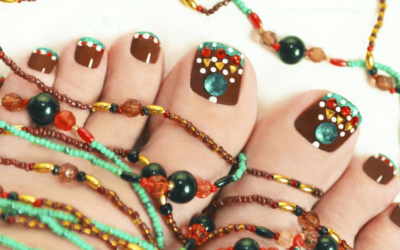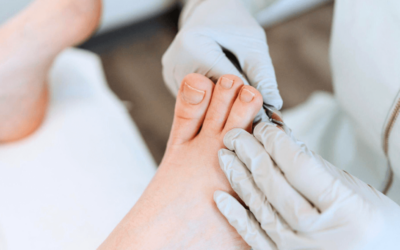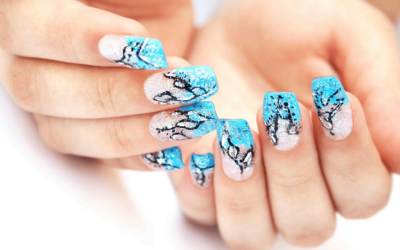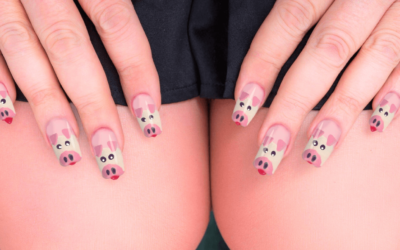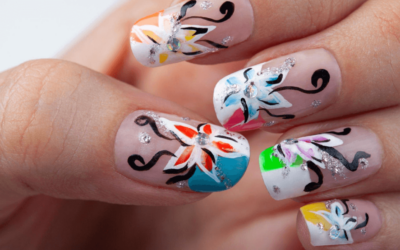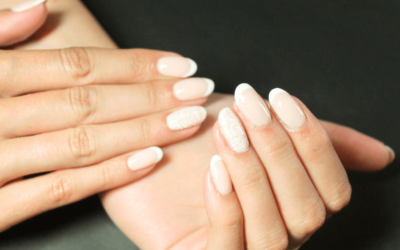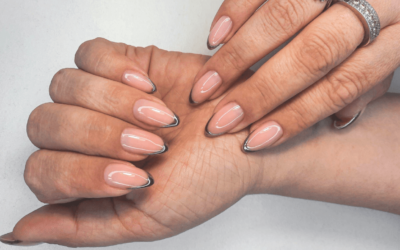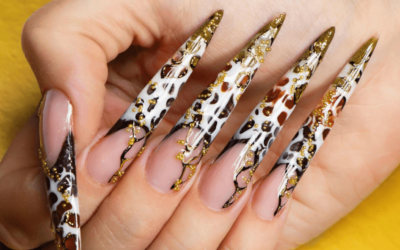Are you troubled by a pesky vertical split in your nail? Don’t worry, you’re not alone. Vertical split nails, also known as nail fissures, can be a common concern for many individuals.
In this comprehensive guide, we will delve into the causes, prevention methods, and treatment options for vertical split nails, helping you understand and address this nail condition effectively.
Understanding Vertical Split Nails
A vertical split nail is characterized by a visible crack or split that runs vertically from the tip of the nail down towards the cuticle.
This condition can affect one or multiple nails and may cause discomfort or make the nails more prone to breakage.
Vertical splits can vary in severity, ranging from superficial surface cracks to deeper splits that extend into the nail bed.
Causes of Vertical Split Nails
Several factors can contribute to the development of vertical split nails:
Dryness and Brittle Nails: Insufficient moisture and hydration can cause the nails to become dry and brittle, leading to increased susceptibility to splitting.
Excessive Moisture Exposure: On the other hand, prolonged exposure to water or moisture can weaken the nail structure, making them more prone to splits.
Nutritional Deficiencies: Inadequate intake of essential nutrients, such as biotin, vitamin E, and iron, can negatively impact nail health and contribute to the development of vertical splits.
Harsh Nail Products: Frequent use of harsh nail polishes, acetone-based removers, or excessive buffing can weaken the nails and lead to vertical splitting.
Underlying Medical Conditions: Certain medical conditions, such as psoriasis, thyroid disorders, or fungal infections, can affect nail health and contribute to nail problems, including vertical splits.
Prevention and Maintenance Tips
While some causes of vertical split nails may require professional attention, there are several preventive measures and maintenance tips you can implement at home:
Hydrate and Moisturize: Keep your nails and cuticles well-hydrated by applying a nourishing cuticle oil or moisturizer regularly. Massage the product into the nails and surrounding areas to promote hydration and nourishment.
Avoid Excessive Water Exposure: Limit prolonged exposure to water and protect your nails by wearing gloves when engaging in activities that involve water or moisture.
Use Protective Coatings: Apply a protective base coat or nail hardener that helps strengthen the nails and minimize the risk of splits and breakage.
Follow a Balanced Diet: Incorporate a well-rounded diet rich in essential nutrients to support overall nail health. Include foods like eggs, nuts, leafy greens, and fish, which are beneficial for nail strength and growth.
Gentle Nail Care: Handle your nails with care and avoid excessive filing, buffing, or picking at the nails. Opt for gentle nail tools and techniques to minimize the risk of damage.
Regular Trims: Keep your nails at a moderate length to prevent excessive pressure on the nail tips, reducing the likelihood of splits.
Treatment Options
If you’re already dealing with vertical split nails, there are several treatment options available:
Trimming and Filing: Gently trim and file the affected nail to remove any sharp edges or rough surfaces that may catch and cause further splitting.
Nail Wraps: Nail wraps or silk strips can be applied over the split to reinforce the nail and provide additional strength and stability.
Nail Glue or Adhesive: Applying a specialized nail glue or adhesive over the split can help hold the nail together and prevent further splitting.
Professional Help: For severe or persistent vertical split nails, it’s advisable to seek professional guidance from a dermatologist or a qualified nail technician. They can assess the condition and recommend suitable treatments or interventions.
When to Seek Medical Advice
While most cases of vertical split nails can be managed with preventive measures and self-care, it’s essential to consult a healthcare professional if:
The splits are accompanied by pain, bleeding, or signs of infection. The splits are recurrent and do not improve with at-home treatments.
You suspect an underlying medical condition may be contributing to the nail splits. Remember, everyone’s nails are unique, and it may take time to find the best approach to address vertical split nails. Patience and consistency are key to achieving healthier and stronger nails.
Protective Nail Polish
Applying a layer of protective nail polish can help shield the nails from external factors that can contribute to vertical splits.
Look for nail polishes that contain strengthening ingredients like keratin or calcium. These polishes provide an extra layer of protection and can help fortify the nails, reducing the risk of splits.
Avoiding Harsh Chemicals
Exposure to harsh chemicals, such as cleaning agents, detergents, and strong solvents, can weaken the nails and make them more susceptible to splitting.
Whenever possible, wear gloves to protect your hands and nails while handling such substances. This simple precaution can go a long way in maintaining the health and integrity of your nails.
Moisturizing Cuticles
Keeping your cuticles moisturized is an essential part of nail care. Apply a nourishing cuticle oil or cream regularly to keep the cuticles soft and hydrated.
Well-moisturized cuticles contribute to overall nail health and help prevent dryness and splitting.
Avoiding Nail Biting and Picking
Nail biting and picking can further weaken the nails, making them more prone to splits. It’s important to break these habits and find alternative ways to manage stress or anxiety.
Consider using stress-relief techniques like deep breathing, meditation, or fidget toys to redirect your focus and keep your nails intact.
Nail Supplements
If you struggle with weak or brittle nails that are prone to splitting, you may consider taking nail supplements. Biotin, also known as vitamin B7, is a popular supplement that promotes nail strength and growth.
Consult with your healthcare professional before starting any supplements to ensure they are safe and suitable for you.
Gentle Nail Polish Removal
When removing nail polish, opt for gentle methods that minimize stress on the nails.
Acetone-based removers can be drying and harsh on the nails, so consider using acetone-free nail polish removers instead. These removers are gentler and help maintain the natural moisture balance of the nails.
Nail Strengthening Treatments
If you frequently experience vertical split nails or have naturally weak nails, consider incorporating nail-strengthening treatments into your routine.
These treatments often come in the form of serums, creams, or masks that provide extra nourishment and support to the nails, helping to prevent splitting and promote overall nail health.
Remember, everyone’s nails are unique, and what works for one person may not work for another.
It’s essential to experiment with different strategies and products to find what works best for you. With consistent care and attention, you can reduce the occurrence of vertical split nails and enjoy stronger, healthier nails.

